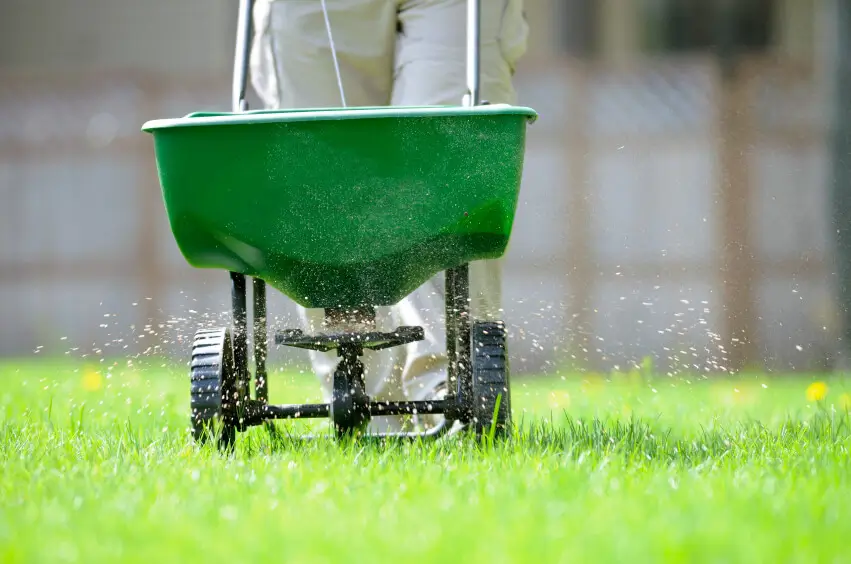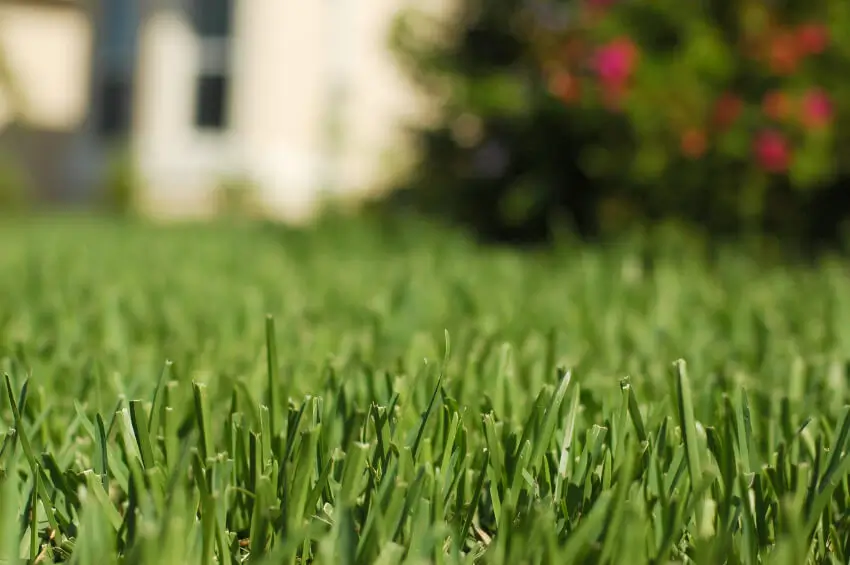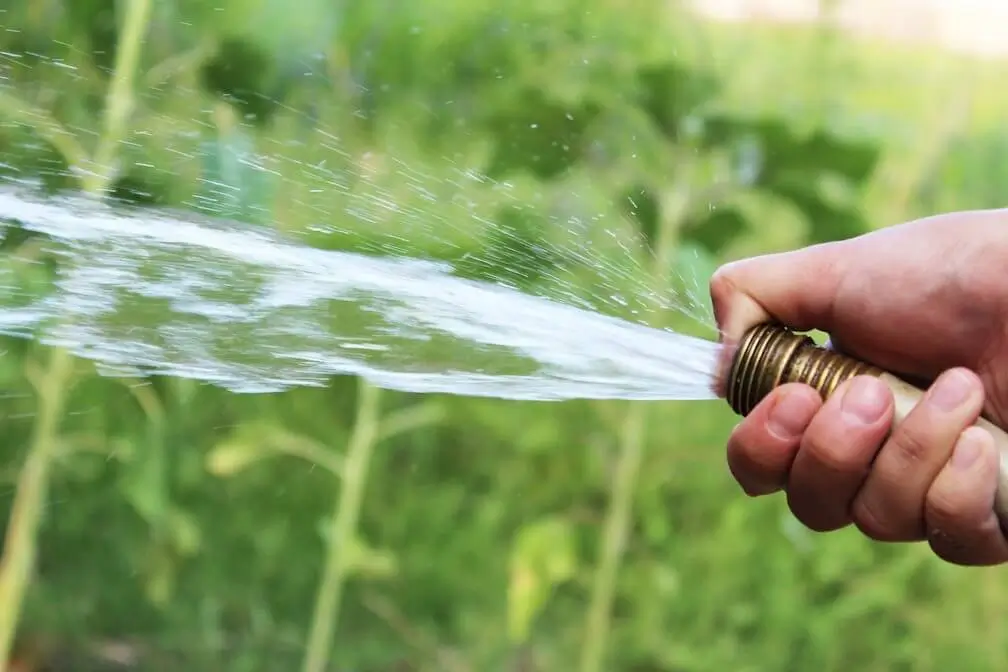
The best time to fertilize your lawn in the fall will vary depending on where you live. Mid-September through mid-October typically works for most places in the country, but you generally want to make sure you fertilize about 2-3 weeks before the ground freezes from the first frost of the season. The further north you are, the earlier you'll fertilize. If you plan on putting out a pre-emergent weed killer to fight off cool-season weeds, water your fertilizer to allow it to soak in, and then wait a few days before applying the pre-emergent.
The type of fertilizer you use is going to depend on where you live, the type of grass you have, and the condition of your soil. Our first recommendation is to always take a soil sample of your yard so that you know the nutrients your soil is lacking. This will help guide your fertilizer selection.
Here's how to spread fertilizer:
A few days before fertilization, water your lawn thoroughly and allow it to dry. If you start while the grass is wet, the fertilizer is more likely to stick to the blades instead of reaching the soil.
Next, apply the fertilizer using a broadcast spreader. Resist the urge to fertilize by hand because your fertilizer will be spread inconsistently. A lawn tool like a broadcast spreader ensures that the fertilizer is evenly distributed across your lawn. Broadcast spreaders are affordable and an important tool for any homeowner to own. Consult your fertilizer instructions to know how to adjust your broadcaster to ensure the proper amount of fertilizer is being spread across the lawn.
If you need tips for lawn fertilization or want someone to take care of the process for you, we're here to help! Give us a call at 479-640-2700 and we'll give you a free quote on our lawn services in Springdale and surrounding areas.


